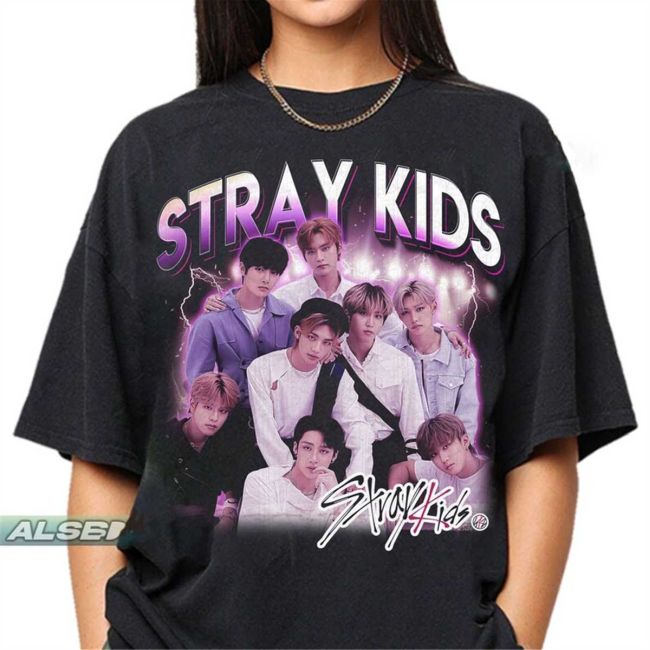Unveiling the Best: A Guide to Authenticating Stray Official Merch
In the dynamic world of fandom and pop culture, owning official merchandise from beloved franchises or artists has become a cherished pursuit for many enthusiasts. However, with the surge in demand for such items, counterfeit products have flooded the market, making it increasingly challenging to distinguish genuine merchandise from fake ones. Authenticating stray official merch-items that are not sold through traditional or authorized channels-requires careful attention to detail and an understanding of key indicators that separate legitimate products from imitations.
One of the foremost steps in verifying authenticity is to scrutinize the packaging. Official merchandise typically comes with high-quality packaging that includes trademarks, holograms, or unique serial numbers. These features are designed to prevent counterfeiting and provide buyers with confidence. If the packaging appears flimsy, lacks branding details, or contains spelling errors, it is likely a red flag signaling counterfeit goods. Additionally, Stray Official Merch often includes tags or certificates of authenticity which can be cross-referenced with the issuing company’s database if available.
Another crucial aspect to consider is the source of purchase. While stray merch may be found through secondary markets such as online auctions, fan conventions, or social media platforms, buyers should prioritize sellers who provide verifiable proof of origin. Reputable sellers often share receipts or provenance documents that trace back to authorized distributors. Engaging with well-known communities and forums dedicated to specific fandoms can also offer valuable insights and recommendations on trustworthy sellers.
The quality of materials and craftsmanship serves as an important benchmark when authenticating merch. Genuine products are produced under strict quality control standards; therefore, inconsistencies like uneven stitching on apparel, poor print quality on posters or cards, and subpar material textures often indicate counterfeits. Comparing suspected items with images from official websites or previous purchases can help identify discrepancies.
Price should not be overlooked as a factor in authentication. While everyone appreciates a good deal, prices significantly lower than market averages may hint at fake merchandise. Authentic official merch typically maintains stable pricing due to licensing agreements and production costs.
Lastly, technology plays an increasingly vital role in authentication processes. Many companies now incorporate QR codes or RFID tags that allow buyers to verify authenticity electronically through mobile apps or websites. Utilizing these tools can provide immediate confirmation without relying solely on visual assessments.
In conclusion, authenticating stray official merchandise demands vigilance and informed judgment. By examining packaging details carefully, verifying seller credibility, assessing product quality meticulously, considering price sensibly, and leveraging technological verification methods when available, collectors can confidently navigate the market. This approach not only safeguards investments but also ensures genuine connection with favorite franchises through officially sanctioned memorabilia.

